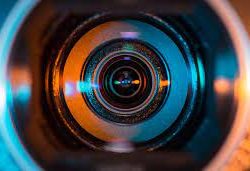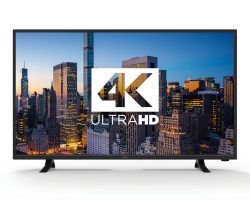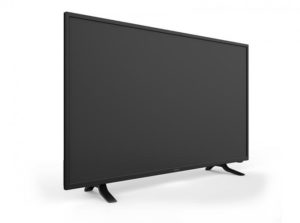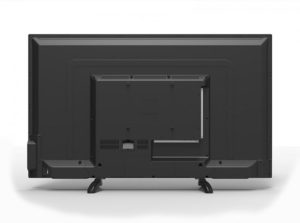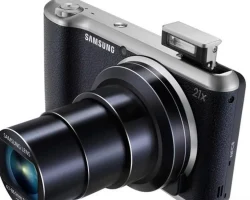
How To Take Better Photos With Your Samsung Galaxy Camera 2
The Samsung Galaxy Camera 2 is a powerful device that can do a lot more than just take pictures. With its built-in Android operating system, the Galaxy Camera 2 gives you full access to the Google Play store and all of its apps.
Use the rule of thirds
When you’re framing a photo, it’s important to consider the rule of thirds. This rule is a guideline that suggests you should position the main subject of your photo either to the left or right of the frame, or above or below the center. This creates a more visually interesting and balanced photo.
To use the rule of thirds with your Samsung Galaxy Camera 2, simply tap the grid icon in the top left corner of the camera app. This will overlay a 3×3 grid on your camera’s display, making it easy to align your subject with one of the intersections.
Use the Selfie Alarm
The Samsung Galaxy Camera 2 has a great feature called the Selfie Alarm, which is perfect for taking group shots or selfies. To use the Selfie Alarm, open the camera app and tap the timer icon in the top right corner. Then, tap the Selfie Alarm icon and choose how long you want the timer to be (3, 5, or 10 seconds).
When you’re ready to take the photo, simply tap the shutter button and the camera will countdown from the selected time. This gives you enough time to get into position before the photo is taken.
Use burst mode
Burst mode is a great way to capture fast-moving subjects, like kids or pets. To use burst mode, open the camera app and tap the burst mode icon (it looks like a stack of three arrows). Then, simply hold down the shutter button and the camera will take a series of photos in quick succession.
Use the panorama mode
The panorama mode is perfect for capturing sweeping landscapes or large groups of people. To use the panorama mode, open the camera app and tap the panorama mode icon (it looks like a mountain). Then, simply press the shutter button and pan the camera slowly from left to right. The camera will automatically stitch the photos together to create a panoramic image.
Use the night mode
The night mode is perfect for taking photos in low-light conditions, like at a concert or in a bar. To use the night mode, open the camera app and tap the night mode icon (it looks like a moon). Then, simply press the shutter button and the camera will take a series of photos and automatically stitch them together to create a low-light image.
Use the HDR mode
The HDR (high dynamic range) mode is perfect for taking photos with a lot of contrast, like a photo of a sunset. To use the HDR mode, open the camera app and tap the HDR icon (it looks like a sun). Then, simply press the shutter button and the camera will take two photos with different exposures and automatically stitch them together to create a high-contrast image.
Use the macro mode
The macro mode is perfect for taking close-up photos of small subjects, like flowers or insects. To use the macro mode, open the camera app and tap the macro icon (it looks like a flower). Then, simply press the shutter button and the camera will focus on the subject in the center of the frame.
Use the food mode
The food mode is perfect for taking photos of, you guessed it, food! To use the food mode, open the camera app and tap the food icon (it looks like a fork and knife). Then, simply press the shutter button and the camera will take a photo with enhanced colors and saturation.
Use the sports mode
The sports mode is perfect for taking photos of fast-moving subjects, like a runner or a car. To use the sports mode, open the camera app and tap the sports icon (it looks like a running person). Then, simply press the shutter button and the camera will take a series of photos and automatically stitch them together to create a action-packed image.

